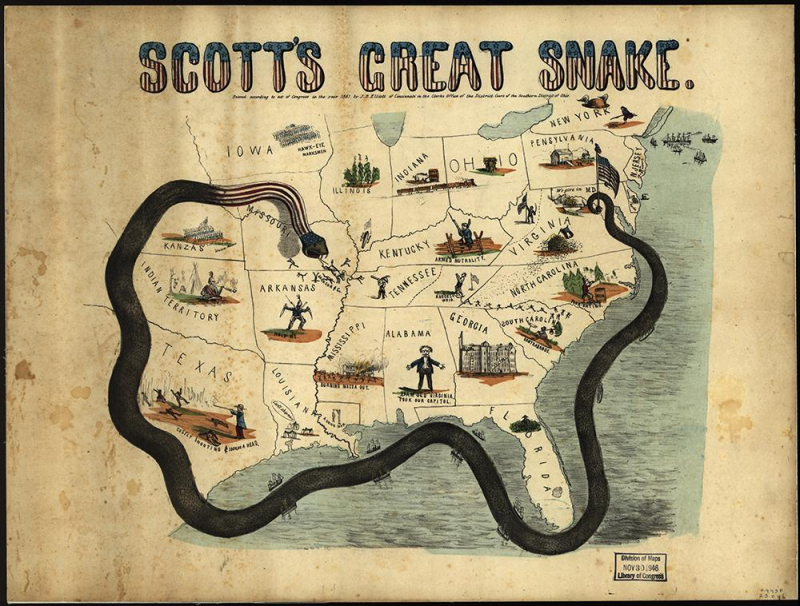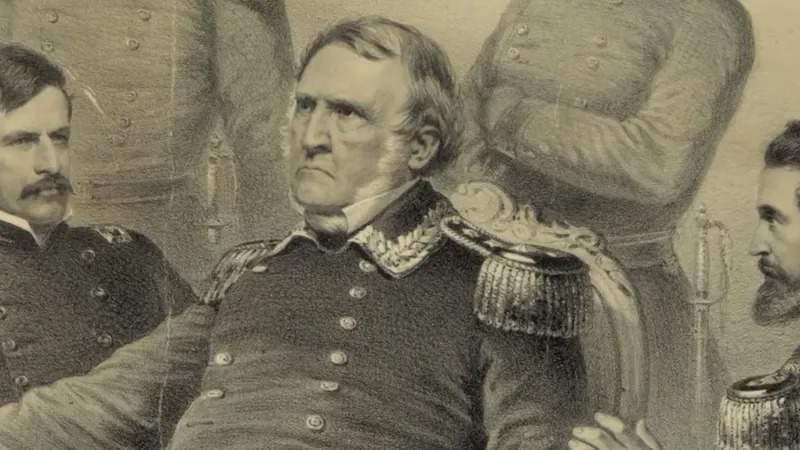The Union “Anaconda Plan” relied heavily on sea supremacy.

Winfield Scott, lieutenant-general Brevet in command of the entire Union army, presented Abraham Lincoln with a grand strategy for the war just before the Battle of Bull Run. The Anaconda plan called for a hard blockade of southern seaports combined with an advance landing along the Mississippi River. These activities would strangle the Confederacy's economy, which relied heavily on the international cotton trade and divide the rebellious nation. Although the slow and relentless tightening of the plan was criticized by critics who said the conflict would be over in a few months, Lincoln stuck to Scott's blueprint throughout the war. Therefore, the Anaconda plan is considered one of the facts about Civil War Navies.
The Anaconda plan is a military strategy proposed by Union General Winfield Scott early in the American Civil War. The plan called for a naval blockade of the Confederate littoral, a thrust down the Mississippi, and the strangulation of the South by Union land and naval forces. Scott's Great Snake, published at the outset of the Civil War, humorously portrays General Winfield Scott's “Anaconda Plan” to strangle the southern states by cutting off any imported supplies anding cotton exports. Blockading fleets were also used on inland rivers to assist Union military operations. The Anaconda Plan was the Union's strategic plan to defeat the Confederacy at the start of the American Civil War. The goal was to defeat the rebellion by blocking southern ports and controlling the Mississippi river. This would cut off and isolate the south from the outside world, it would strangle the Confederacy by cutting it off from external markets and sources of material.









